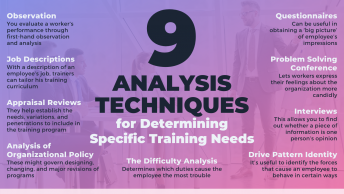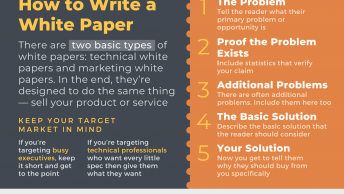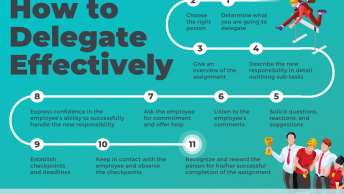A press release is an ideal way to generate interest in your company and announce newsworthy items to the media and public. You create a press release and then distribute it to media outlets in hopes of those outlets picking up the story, publishing it, and then marketing your website or business through their article.
A press release is a very specific type of document that differs a great deal from traditional advertising and articles. It has a specific format and includes items such as a summary, a boilerplate, and contact information. It should not be sensationalized, but rather present real news items in an interesting and concise way.
To Write a Press Release
• Examine your motive for the release. Your press release must have a focus that is timely and worthy of attention. Newsworthy items include a new product line, a promotion or new employee, a change of address, a venue you’re sponsoring or a current event that ties into your business. Press releases are not sales letters or articles about what your business actually does, although a light handed overview is included at the end of the release.
• Learn the required style of the release and begin writing. Editors are looking for news in small capsules. This is why most press releases fall around three hundred words. The press release contains the following sections:
An attention-grabbing headline – Keep the headline relevant and explanatory, but interesting without being sensationalized.
An elaborated headline or short summary (Some distribution channels omit this section.) – This should be no more than two sentences. The summary explains in a bit more detail what the headline is saying.
The date and method of release – Your release should be timely, ideally before the event takes place. You should also include your distribution channel or source.
A concisely written introduction answering the basic questions of who, what, when, where, and why. – The first paragraph should tell your news in a short burst. The paragraph should be no more than three or four sentences and is not a sales pitch, but rather a high-energy delivery of interesting information.
Elaboration on the first paragraph including background information, details, and quotes from relevant parties – The remainder of the body of the release contains the supporting information for the first paragraph. It expands on the where, why, who, what, and when. It can also include quotes from the parties involved in the event to add human interest. The body should be arranged from the most relevant and important details at the top to the least relevant at the bottom.
A call to action if necessary – If you are hosting an event, you must give the media you hope will be covering your story instructions on what to do. Include instructions on parking, ticketing, media passes, and other items necessary for any journalists who plan to attend.
A boilerplate or company summary – In a few sentences, boil down your company description and purpose. This should be the only sales pitch of the entire release, and it should be very short. You often use the same boilerplate on multiple press releases from the company.
Contact information. – Finally you must include your contact information. Your name, title, email, physical address and phone number should be included along with the name of the company.
• Well designed and easy to follow templates are available in many locations including PRWeb.com. Use a template to be sure your press release is organized correctly. Or, if you prefer, have a professional look over the release or even write it for you to give it a polished look and sound.
• When the release is complete, distribute it both online and to local media outlets. A public relations firm can help with the distribution, or you can work the distribution yourself if you are able to find the correct editors and outlets. You might follow up the distribution of you release with a phone call to be sure the correct editor received your document. Also, faxing is the least preferable method of distribution as it may not reach the target.












